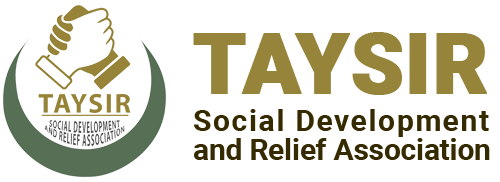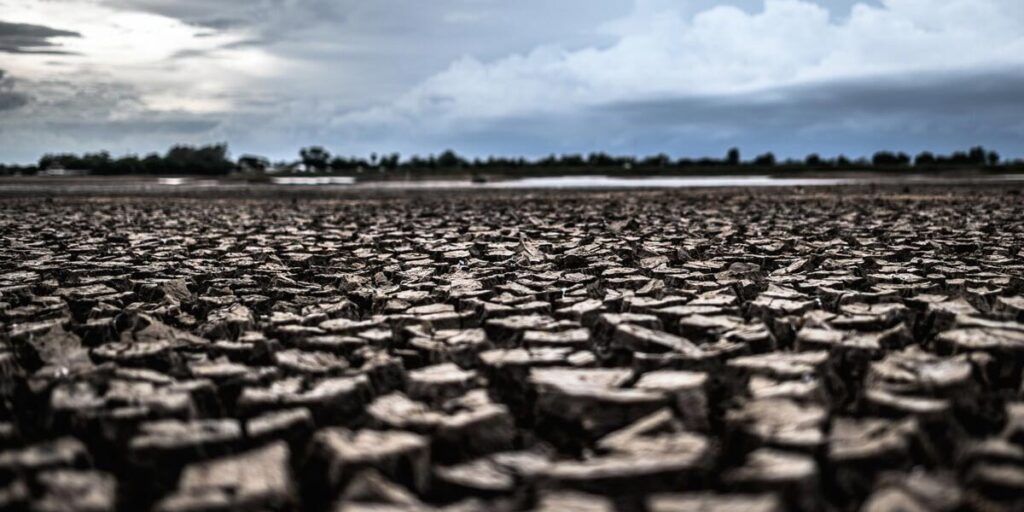Droughts in Somalia
Somalia, located in the Horn of Africa, is a country that has experienced recurring droughts, which have had devastating effects on its people, economy, and environment. Here is an overview of the drought situation in Somalia:
Frequency and Severity: Somalia has been prone to frequent and severe droughts over the years. These droughts are often prolonged and can last for extended periods, leading to significant water scarcity, crop failure, livestock losses, and food insecurity.
Impact on Agriculture and Livestock: Agriculture and livestock farming are vital sources of livelihood for many Somalis. Droughts result in the depletion of water sources, making it difficult for farmers to irrigate their crops and provide sufficient water for their livestock. The lack of rainfall and parched conditions also lead to crop failure, reduced food production, and loss of livestock, which further exacerbates food insecurity and economic instability.
Food Insecurity and Malnutrition: Droughts in Somalia contribute to widespread food insecurity and malnutrition. Insufficient rainfall and failed harvests result in reduced food availability and increased food prices, making it challenging for vulnerable populations to access an adequate and nutritious diet. Children, pregnant women, and the elderly are particularly susceptible to malnutrition during drought periods.
Displacement and Conflict: Drought-induced conditions often lead to population displacement within Somalia. Communities affected by drought may be forced to migrate in search of water, food, and better living conditions. This movement of people can strain resources and exacerbate tensions, sometimes leading to conflicts over scarce resources.
Humanitarian Crisis: The combination of drought, food insecurity, displacement, and other related factors can create a humanitarian crisis in Somalia. International organizations, humanitarian agencies, and the Somali government work together to provide emergency relief, including food aid, clean water, healthcare services, and shelter to affected communities.
Climate Change and Droughts: Climate change is believed to contribute to the intensity and frequency of droughts in Somalia and other regions. Rising temperatures, changing rainfall patterns, and unpredictable weather events are factors associated with climate change that exacerbate the vulnerability of Somalia to droughts.
Efforts to Address Droughts:
The Somali government, along with international organizations and NGOs, is actively working to address the challenges posed by recurrent droughts. Efforts include:
Early Warning Systems: Implementing and strengthening early warning systems to identify and monitor drought conditions, allowing for early response and preparedness.
Water Resource Management: Investing in water infrastructure, such as dams, wells, and water catchment systems, to improve water availability and storage during drought periods.
Diversifying Livelihoods: Promoting alternative livelihood options, such as sustainable agriculture practices, drought-resistant crops, and income-generating activities, to reduce dependence on rain-fed agriculture and livestock alone.
Humanitarian Assistance: Providing emergency relief and humanitarian assistance, including food aid, clean water, healthcare services, and shelter, to affected communities during drought emergencies.
Community Resilience: Supporting community-based initiatives that focus on building resilience to droughts, such as water conservation, sustainable land management, and climate-smart agricultural practices.
Addressing the ongoing challenge of droughts in Somalia requires a multi-faceted approach, including long-term investments in sustainable development, climate change mitigation, and adaptation strategies. International support and collaboration are crucial in helping Somalia build resilience and respond effectively to future drought events.

